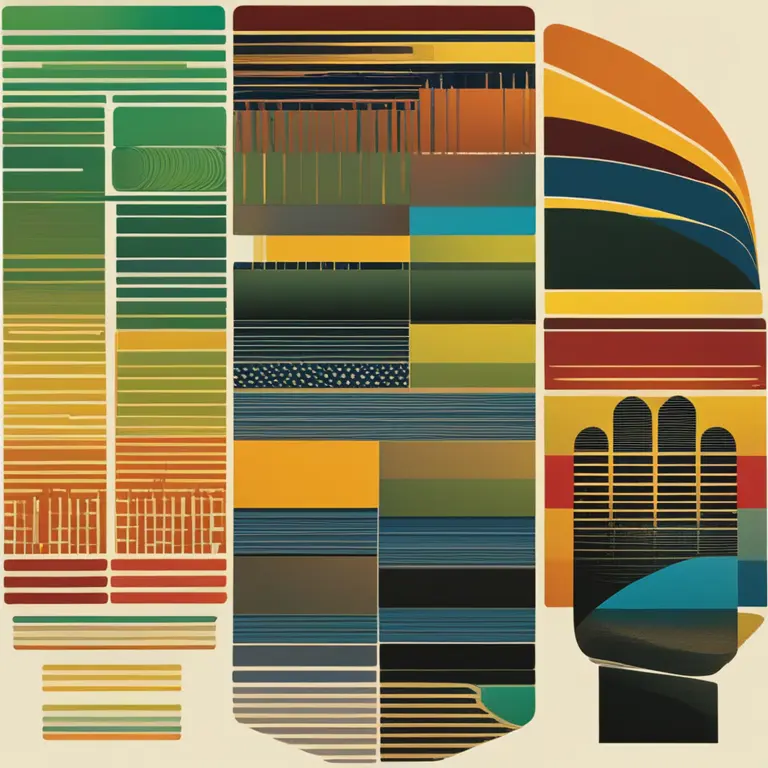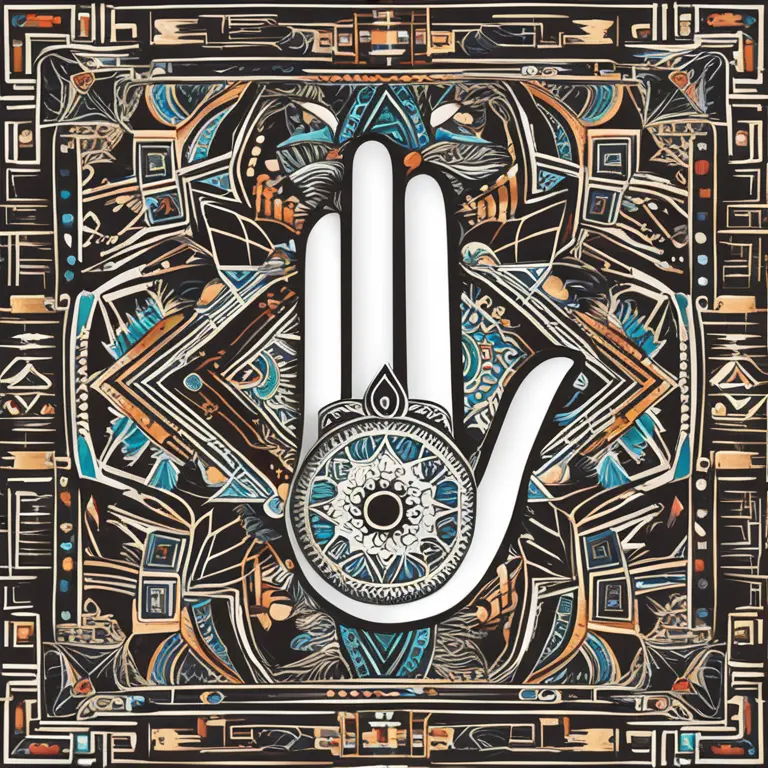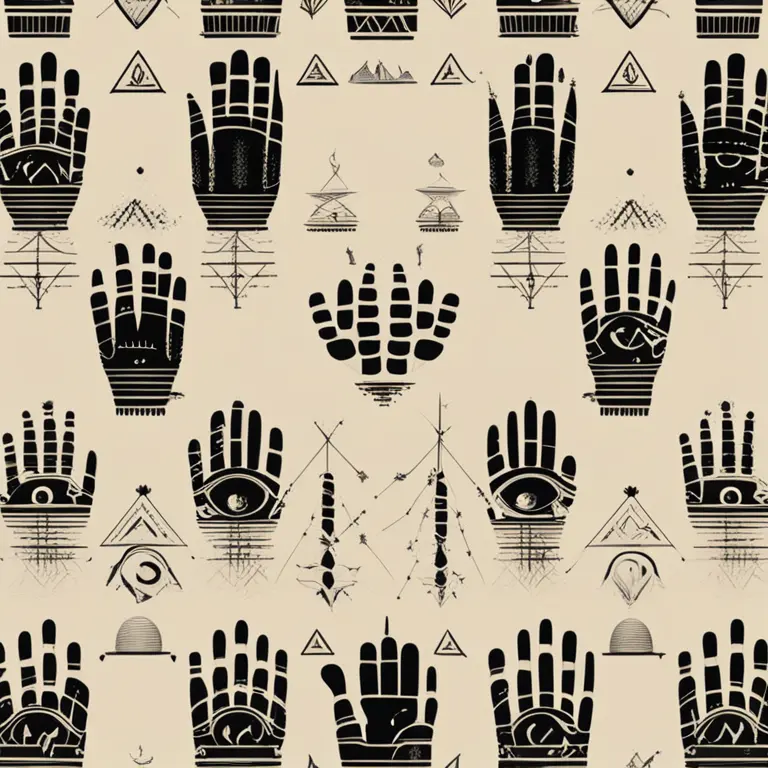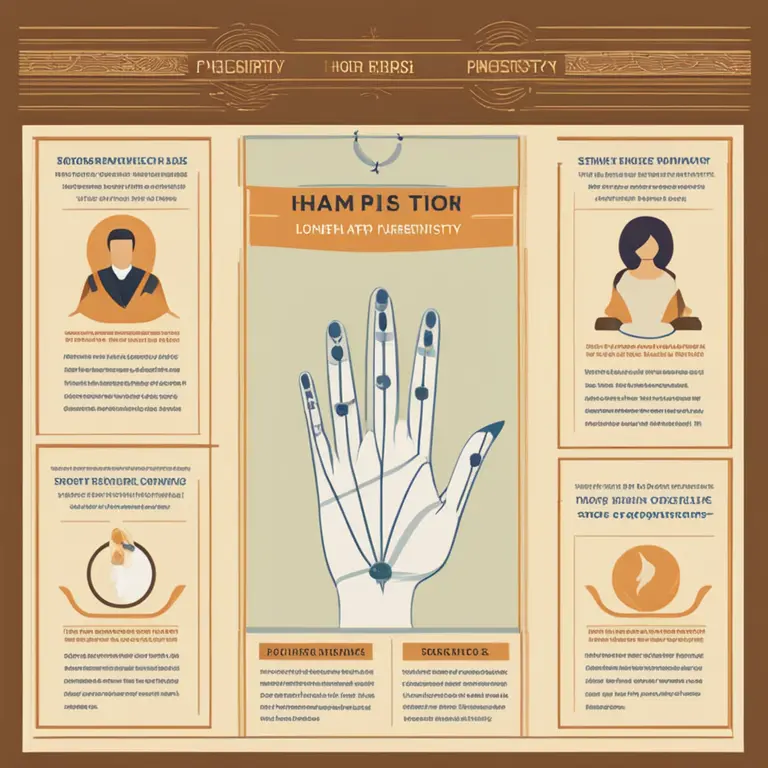
The Truth in Palmistry: A Guide to Hand-Based Divination
Discover the authenticity behind palmistry, the practice of reading one's future and personality through the study of palms.
article by Nora Pennington
Introduction to Palmistry's Validity
Despite skepticism, palmistry has persisted through centuries as a source of intrigue and mysticism. Current followers assert that palmistry offers unique insights that are lost in other forms of divination. This article delves into the supportive arguments that back the legitimacy of palm reading as not just an art, but a form of true personal analysis. As we move through the modern era, palmistry has adapted, intertwining traditional practices with new-age psychological understandings, thereby enriching its plausibility and engaging a wider audience.

Scientific Backdrop and Anecdotal Evidence
In recent years, research into dermatoglyphics (the study of the patterns on fingers and the palm) has shown correlations between fingerprint patterns and genetic disorders, lending credibility to the idea that hands carry significant personal information. Proponents of palmistry point to these scientific findings as a vindication of their own practices. Furthermore, countless individuals report precise and insightful readings, bolstering claims of palmistry's veracity through anecdotal evidence. Such personal narratives, while not empirical, contribute greatly to the narrative of palmistry's truth.

Cultural Recognition and Age-Old Wisdom
Cultures around the world have recognized palmistry's potential. Chinese and Indian traditions, for example, have long included palm readings as part of their spiritual and medicinal practices. This global reverence for palmistry hints at an underlying truth recognized by diverse groups of people. The sheer longevity of palmistry as a technique also speaks to its permanence; any practice that endures as long as palmistry has must contain an element of authenticity that resonates across generations.

Biometric Indicators and Personal Traits
Supporters of modern palmistry often tout the hands as a reflector of one's psychological makeup. The lines and shapes found on our palms, they suggest, act as biometric indicators of character and potential life events. This perspective is bolstered by research in psychological hand analysis, which suggests that certain hand features may be linked with personality traits. Contemporary palmists integrate these theories, lending a more structured and scientifically-informed approach to their readings.

Adaptation and Integration of New Knowledge
As our understanding of the human mind and body evolves, so too does palmistry. Enthusiasts argue that palm reading is not static; it takes into account new psychological theories and biological research. This ability to adapt is a hallmark of a mature practice that holds truth, making palmistry relevant and applicable, even as we sail into the future beyond 2024.
The Personal Experience of Palm Reading
Ultimately, many individuals affirm the veracity of palm reading based on personal experience. Skeptics may be converted when a palm reading reveals unexpected truths or when it provides astonishingly accurate personality insights. Though these experiences cannot be universally quantified, they provide strong subjective confirmation for those who seek answers or guidance in the palms of their hands.
Published: 1/11/2024
Modified: 1/12/2024
More predictions
Come back here soon to learn more about yourself and your future


Can Palmistry Predict Your Path Incorrectly?
Delving into the accuracy of palm readings, this article examines whether palmistry can lead to incorrect predictions about one's life and destiny.


The Possibility of Palmistry in Cancer Detection
Examining the claims that palmistry holds any potential in identifying the risk of cancer: a deep dive into the world of mysticism and medicine.


Palmistry: The Historical Overview
Delve into the dawn of palmistry and trace its journey through the corridors of time, uncovering the roots of this ancient practice.